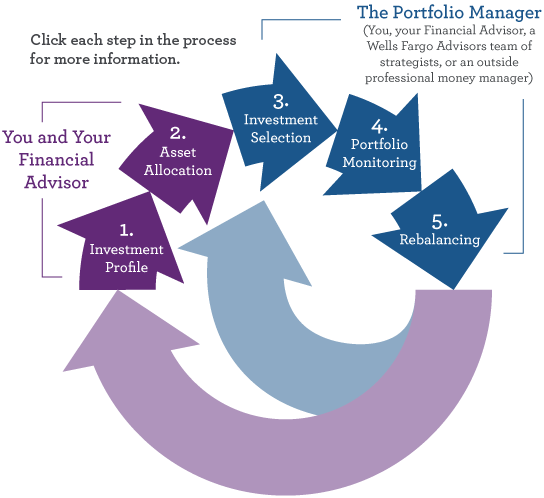Financial Advisors Asset Management Fees and You
Post on: 12 Июль, 2015 No Comment

Youve heard time and again that expenses matter when it comes to investing. In fact, when it comes to mutual funds. Morningstar has gone so far as to argue that investors should make expense ratios a primary test in fund selection In every single time period and data point tested, low-cost funds beat high-cost funds.
This begs the question
If expenses are so important, then why are so many people so quick to fork over a ton of money to an investment advisor? The assets under management model, where an advisor collects a percentage of the funds that theyre managing, has become increasingly popular. Typically, this fee is around 1%.
The high cost of 1%
While that might not sound like a lot, 1% can have a huge impact on your investment returns. Consider, for example, a hypothetical investment portfolio with an initial value of $250k. In this case, the investor doesnt have a huge tolerance for risk, so he dials in a nice 60/40 split between stocks and bonds.
If we assume that, over the next 30 years, this portfolio averages 6% annual returns, our investor friend would be sitting on over $1.4M. If, on the other hand, they had turned over their portfolio to an advisor charging 1%, and if that advisor (in accordance with the investors risk tolerance) had assembled a similar 60/40 portfolio, it would be worth less than $1.1M after 30 years.
This is a difference of more than $350k all because of that pesky 1% annual fee.
Of course, you could argue that the advisor would do a better job of managing that money, thereby offsetting the higher cost. And while I do agree that good financial advisors can add value, its rarely enough to come close to offsetting a 1% fee.
Sure, there might be a rare advisor who can significantly outmaneuver the market, but what are the odds that you just happened to connect with one of them?
Effects on retirement income
Still not convinced? Lets fast forward to retirement If we assume that a particular investment allocation is sufficient to provide you with a (say) 4% safe withdrawal rate. then an additional 1% advisory fee means that your advisor is getting a quarter of your retirement income.

Read that again. For every four dollars of spendable income that your portfolio generates, your advisor will get one of them. Thats huge. So do yourself a favor and get educated. Read some books about investing. Take a course (or two) at a local community college. Then read some more books about investing .
From there, its just a matter of putting your newfound knowledge to work.
An alternative approach
If youre still not comfortable with an entirely DIY approach, keep in mind that there are financial advisors out there who will assemble a plan for an hourly rate. From there, you just need to implement it. Open an account with a trustworthy outfit like Vanguard or Fidelity, spread your existing funds into your target allocation, set up auto-investments for ongoing contributions, and rebalance as necessary.
Yes, it really is that simple. And if you ever feel like you need a checkup, you can pay for another hour or two of your advisors time on an as-needed basis.
If youre still overwhelmed, you can always invest in a target-date mutual fund like the Vanguard Target Retirement series. While Ive criticized these sorts of funds in the past. theyre generally a solid option for new investors who are just getting their feet wet and you dont have to fork over an extra 1%.
Published on August 17th, 2011














